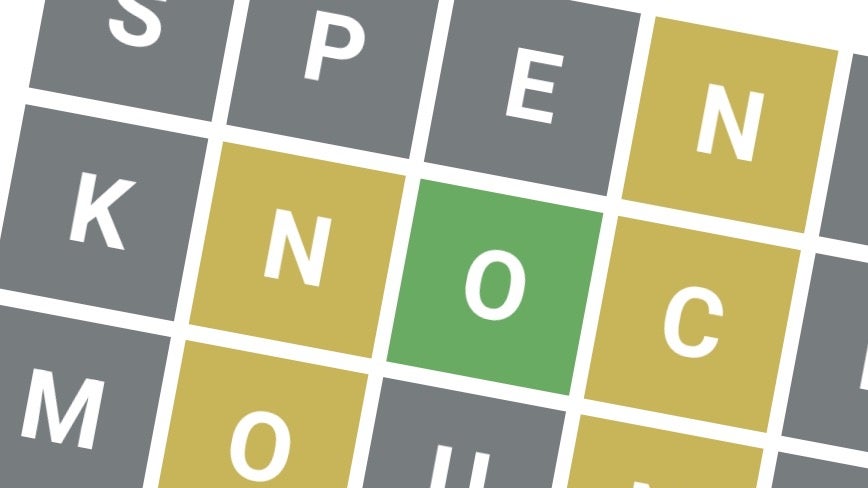Wordle migrates to New York Times crossword app

Hit word game Wordle has become part of The New York Times crossword app.
Over on the New York Times company website, a fresh blog post has revealed the news that Android and iOS owners can now access Wordle for free through the existing New York Times crossword app. It now sits alongside existing games like The Crossword, The Mini and Spelling Bee.
It’s still possible to play Wordle in the way it was originally intended when developer Josh Wardle first laid it down – through a simple web browser. However, accessing the game through the app will add perks (via a free New York Times account of course) such as the ability to save your Wordle stats and streaks. That means you’ll be able to contribute to those stats from multiple devices.
It was always going to happen. What started as an innocent free-to-play time waster, and then grew into an improbable viral sensation at a time when humanity really needed a collective coffee break, was always destined to end up part of a slicker and more commercial package once the New York Times bought it up.
Whether that’s a good or a bad thing will likely come down to personal preference, in much the same way as your chosen starter word.
What’s clear is that Wordle is still ticking along nicely under the New York Times banner. The company reveals that of its “millions of daily players”, an impressive 10% have played 145 or more games of Wordle. Now that’s a dedicated fanbase.
This has prompted The New York Times to branch out with the Wordle brand. It announced recently that it was releasing Wordle: The Party Game, a new Wordle-themed board game, in North America this October.




